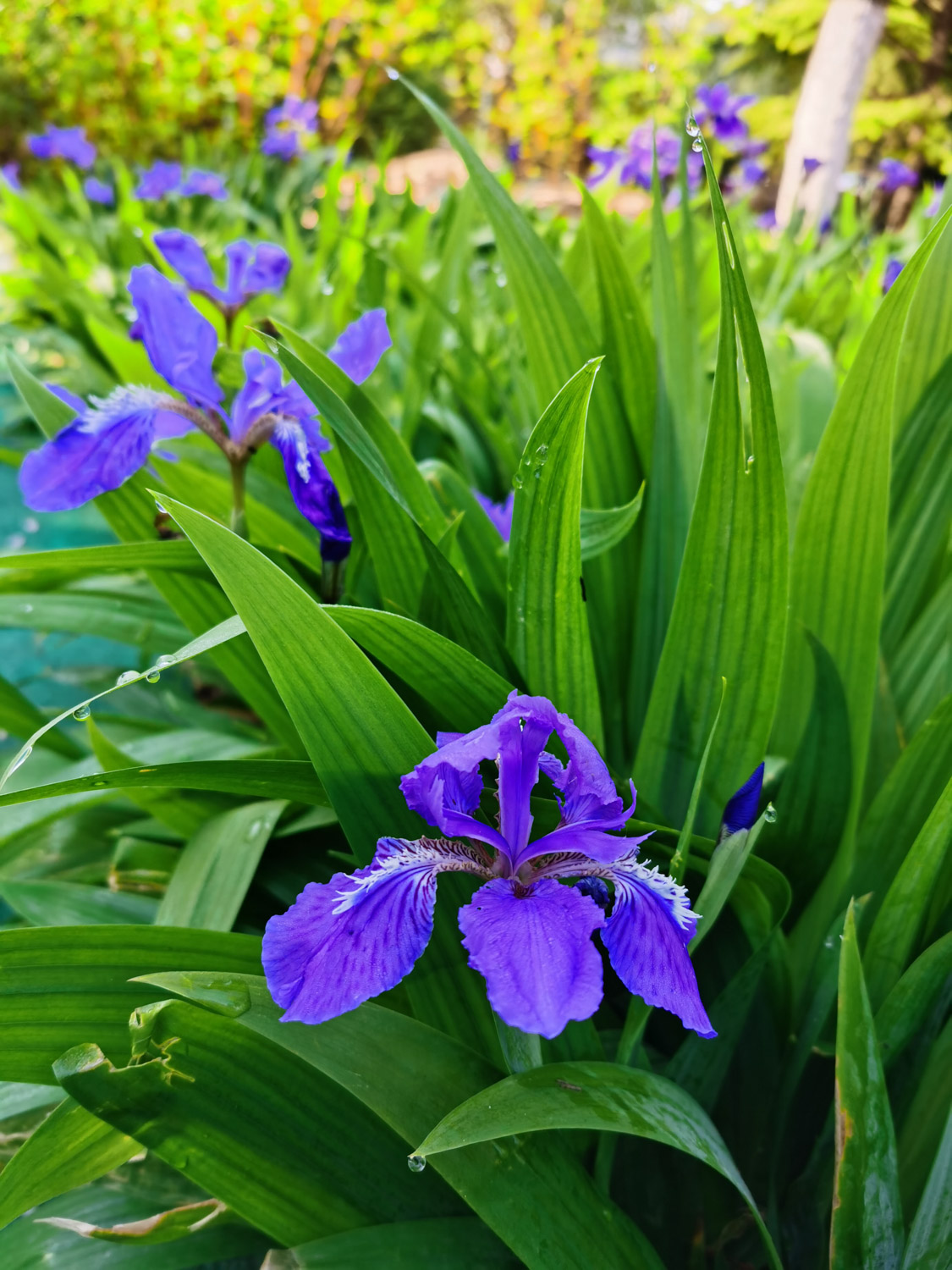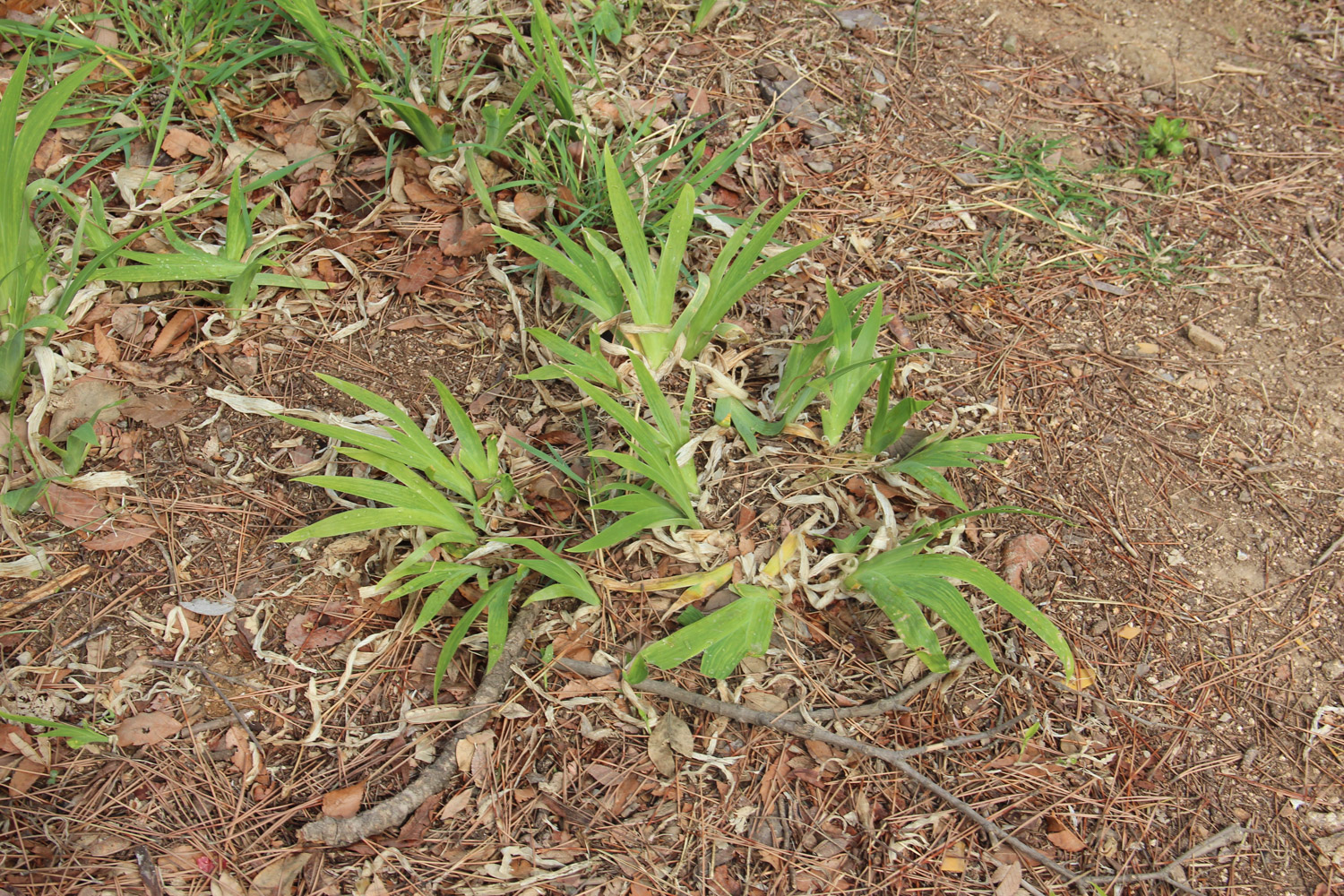Physiological factors of iris flowering
Iris can bloom only after its infancy, that is, it can bloom only when it reaches a certain age. Iris leaves first and then flowers. Their leaves and various parts of the flower have grown in autumn and are wrapped in buds. With the rise of temperature in the next spring, the flowers and leaves will stretch out and form the phenomenon of long leaf flowering
Illumination factors of iris flowering
Iris needs sufficient light to bloom. Long-term light is conducive to promote the radial growth of iris flower stems, so as to advance the flowering period. Moreover, sufficient light will not only increase the number of flower stems and flowers, but also prolong the flowering time

Factors affecting flowering temperature of iris
The temperature of soil is very important. It is best to control it between 16 ℃ - 18 ℃. Low soil temperature will reduce the ability of flowering and affect the flowering. When the light is insufficient in autumn, the room temperature needs to be lowered appropriately to prevent the flowers from withering. The suitable room temperature for iris growth is 13-18 ℃, but it will not grow normally if it exceeds 25 ℃, which is prone to flower blindness. Attention should be paid to avoid high temperature. It can be properly shaded and ventilated
Water factors of iris flowering
Before planting, the soil should be watered first, and appropriate humidity is also required during the growth of iris, so the soil should be kept moist. Good humidity conditions are particularly important for the growth of iris. If the humidity is not reached, it may affect the height of its plant and the quality of its flowers

Other factors of iris flowering
Ventilation is a good means of temperature and humidity control, but pay attention to the rapid decline of humidity during ventilation, otherwise it may lead to leaf wilt and the decline of cut flower quality. In addition, carbon dioxide has no effect on the flowering period of iris. You can rest assured
Light, water and fertilizer, temperature, humidity and many other factors will affect the flowering of iris. Xiaobian will introduce it here first

 how many times do yo...
how many times do yo... how many planted tre...
how many planted tre... how many pine trees ...
how many pine trees ... how many pecan trees...
how many pecan trees... how many plants comp...
how many plants comp... how many plants can ...
how many plants can ... how many plants and ...
how many plants and ... how many pepper plan...
how many pepper plan...





























